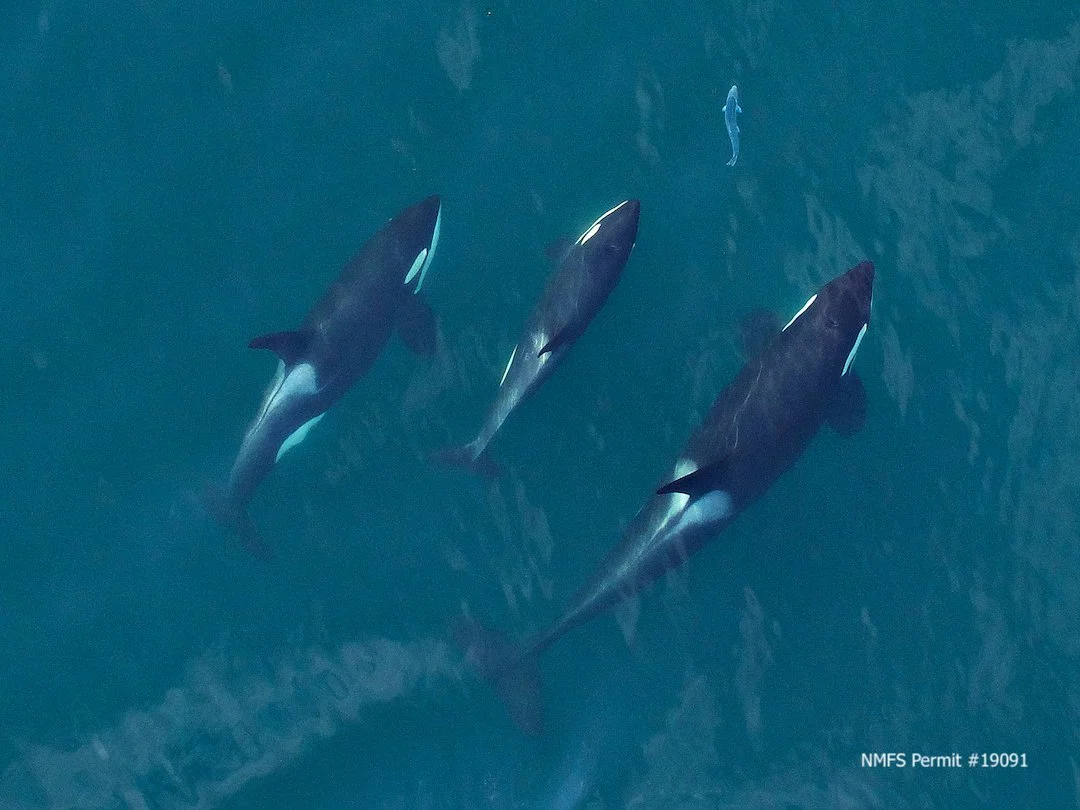New Paper from Dr. Fearnbach and Colleagues Published!
SR3’s Dr. Holly Fearnbach and her collaborators from NOAA’s Southwest Fisheries Science Center and the Center for Whale Research published a paper in Endangered Species Research on their aerial photogrammetry research of the endangered Southern Resident killer whale (SRKW) population. Previously, their research has used photographs taken from a helicopter hovering hundreds of feet above the whales to measure the size of SRKWs and detect decreasing adult sizes in recent decades and in the new paper they used the same aerial photogrammetry technique to detect changes in the body condition of individuals that were re-measured five years apart. Some individuals, notably reproductive-aged females, declined significantly in condition, highlighting these females as key indicators of nutritional stress. A reduction in the availability of their preferred prey, Chinook salmon, is a key threat facing the endangered SRKW population. Dr. Fearnbach and colleagues are now using a small unmanned hexacopter to continue to collect data on reproductive success and body condition to help guide recovery actions aimed at maintaining an adequate food supply.
The paper is open access and you can find it HERE
A family group of Southern Resident killer whales chasing a salmon. Image taken from an unmanned hexacopter at >100ft during a research collaboration between NOAA/SWFSC, SR3 and the Coastal Ocean Research Institute. Research authorized by NMFS permit #19091.

